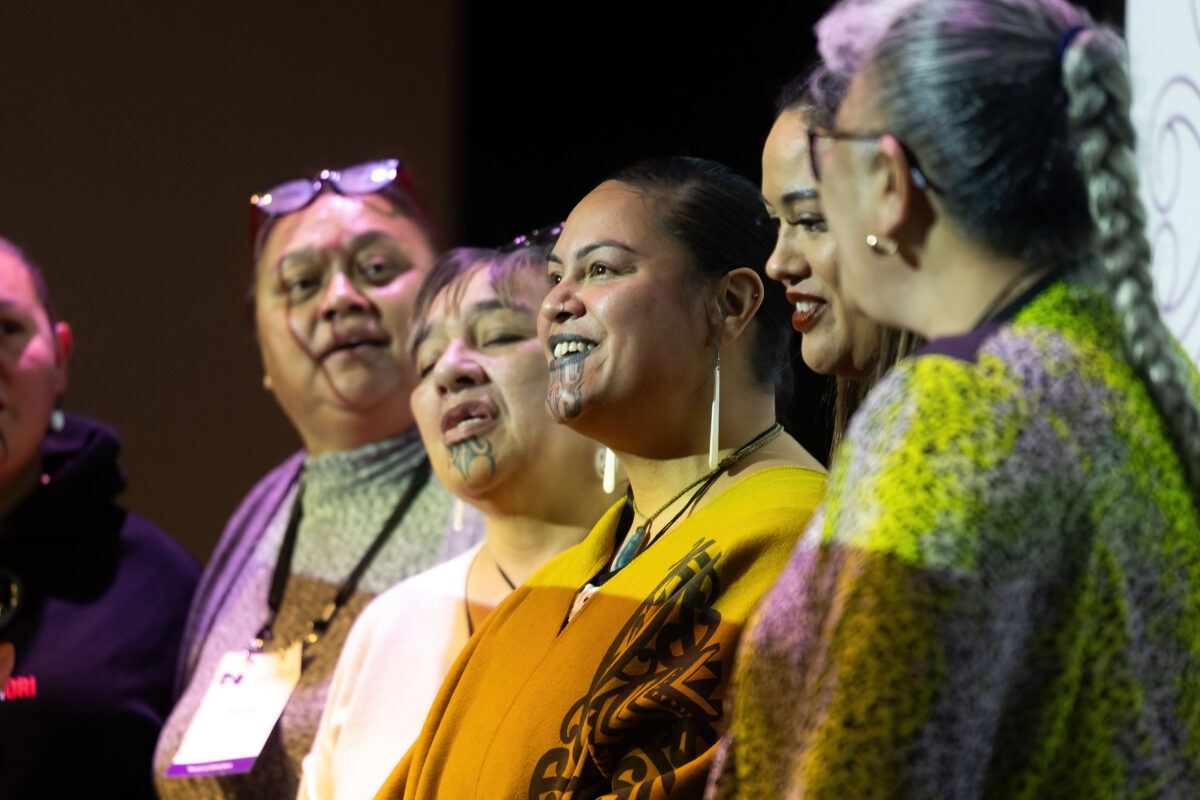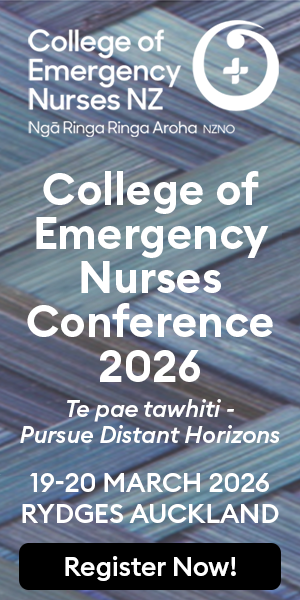Rongomaiwhiti recommends:
- Māori nurses need to lead the development (and implementation) of culturally safe staffing ratios and have the overall final word over the approach.
- Kaumātua and kuia need to be involved to ensure tikanga is upheld.
- Whānau, hapū and iwi need to define what is culturally safe practce.
- The Māori health workforce, particularly nursing, needs to continue to grow across the entire health system to enable culturally safe staffing ratios.
- All nurses need to have baseline cultural and political competencies. To achieve the vision of Irihapeti Ramsden requires nurses proficient in te Tiriti o Waitangi, antiracism, equity, Māori advancement and cultural safety.
- All decision-making about staffing levels needs to be based on consideration of both clinical and cultural factors.
But their design and implementation must be led by Māori nurses, NZNO Te Poari o Te Rūnanga Aotearoa member Tracey Morgan told He Tipua conference this week.
‘Nowhere in the world are those conversations considering the importance of culture in the context of clinical practice.’
“We recommend the urgent introduction of culturally safe staffing ratios within nursing,” Morgan told about 80 health and nursing leaders at the NZNO — Tōpūtanga Tapuhi Kaitiaki o Aotearoa conference on safe staffing in nursing.
Such an approach would be world-leading, she added.
“There are currently global debates about safe staffing ratios. Nowhere in the world are those conversations considering the importance of culture in the context of clinical practice.”
Māori nurse-led
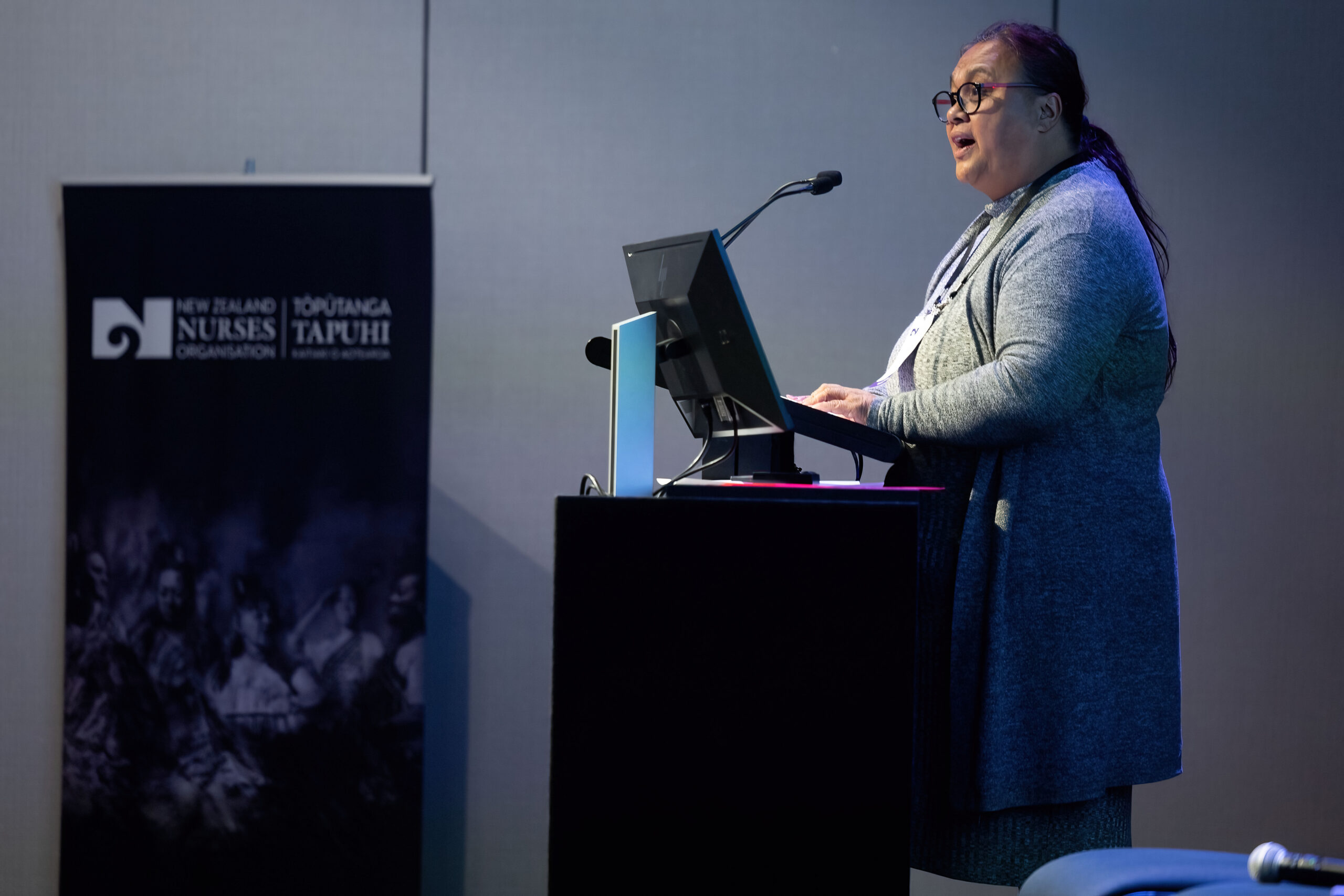
Guided by the work of the late nurse and cultural safety researcher Irihapeti Ramsden, culturally ratios must be defined by Māori nurses, alongside whānau, kaumātua, kuia and patients, Morgan said.
And far more Māori nurses — currently just seven per cent of the workforce — and better training for all undergraduates were needed in order to have a culturally safe nursing workforce.
Need more Māori nurses
“We need to expand the Māori health workforce, particularly nurses, to achieve culturally safe staffing ratios — and ensure all nurses, wherever they are trained, have baseline cultural and political competencies.”
NZNO’s Māori governance committee, Te Poari, also launched new research, Rongomaiwhiti (uniqueness) at the conference, drawing on interviews with 10 Māori nursing leaders on how to develop culturally safe ratios. What emerged was an emphasis on how central whanaungatanga (relationships) was for safe practice, and that tikanga and wairuatanga must be “normalised” in nursing practice, Morgan said.
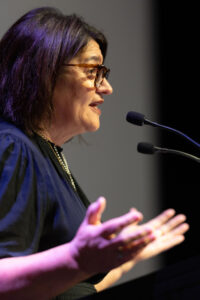
‘Whanaungatanga is not a nice-to-have, it is essential to kaupapa Māori nursing practice.’
“Kaumātua and kuia need input to ensure tikanga is upheld and whānau, hāpu and iwi, through consumer input, define what is culturally safe practice,” she said.
The research, which has been provided to Kaitiaki but is not yet publicly available, concluded whanaungatanga “is not a nice-to-have, it is essential to kaupapa Māori nursing practice”.
Māori nurses must lead the work and have “final overall word” on a culturally safe approach, Morgan said.
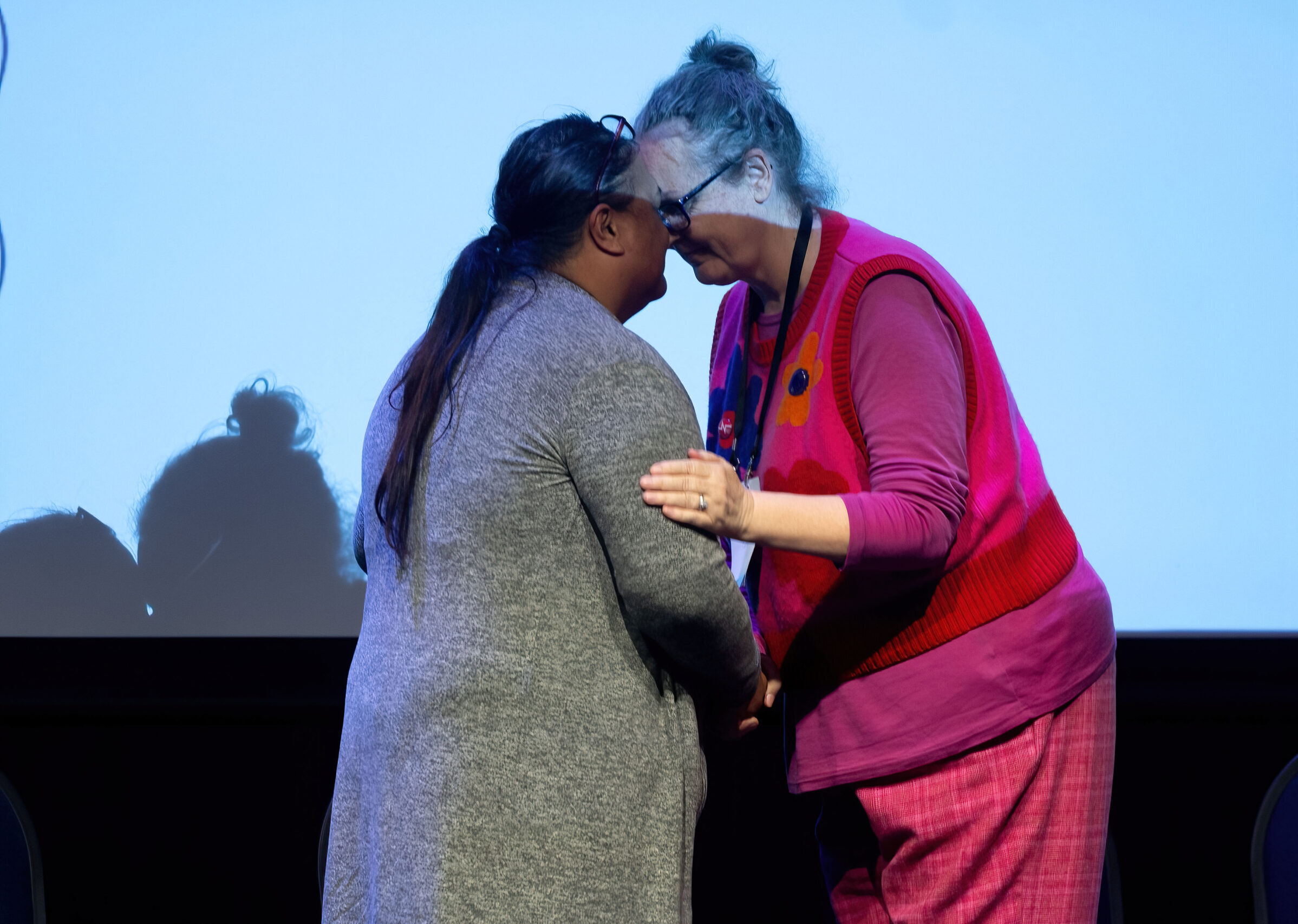
NZNO — Tōpūtanga Tapuhi Kaitiaki o Aotearoa kaiwhakahere Kerri Nuku said the research established five questions core to defining culturally safe ratios.
- How might they enable whanaungatanga with whānau Māori?
- What does ‘honourable kawanatanga’ (power-sharing) look like?
- How can they advance tino rangatirotanga (self-determination)?
- How might they contribute to equitable outcomes, as defined by Māori?
- How might they normalise tīkanga (customs) and wairua (spirituality) in nursing practice?
Morgan and Nuku also acknowledged the support of public health scholar and te Tiriti o Waitangi consultant Heather Came in developing the Rongomaiwhiti research.



